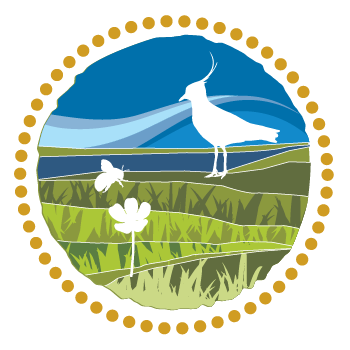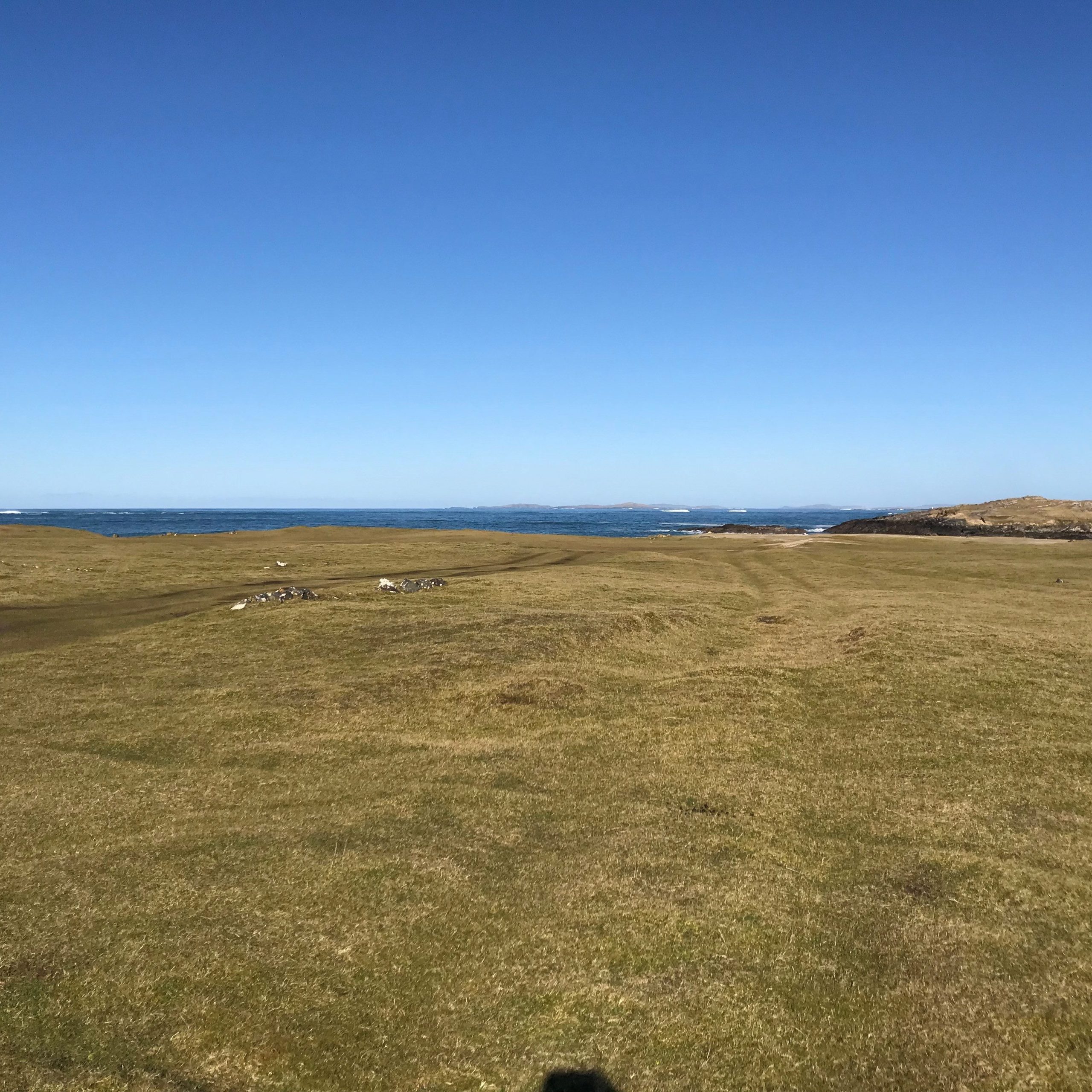Mannin Beg, Doonloughan and Truska (part of Slyne Head Peninsula SAC)
This site is of ecological importance for the range and diversity of its semi-natural habitats, many of which are listed on Annex I of the Habitats Directive. The LIFE on Machair project target area focuses on the commonages around Doonloughan, Truska and Mannin Beg. While agricultural pressures are relatively high impact in places, the predominant pressure is tourism with numbers visiting the site significantly increased since the mid-2010s.
The intact transitions between calcareous sand dunes, Machair, heath and grassland communities is of particular note, and such small-scale habitat heterogeneity is valuable for breeding waders and pollinators.
The Machair system, including areas of wet marsh, supports a range of breeding, wintering and passage bird species. The Doonloughan area, situated in the middle of the SAC, has varied in its importance and value for breeding waders. In 1985, only eight pairs of breeding waders were present and in 1996 no breeding waders were recorded on site. However, numbers have increased significantly since 1996, with 17 pairs recorded in 2009 and 35 pairs recorded in 2019. The increase in the total breeding wader population is primarily attributed to the increase in the Lapwing population, from five pairs in 2009 to 33 pairs in 2019. The only other species recorded in 2019 was Snipe (two pairs). While Doonloughan supports a relatively low diversity of breeding waders, the 33 Lapwing pairs present in 2019 comprises c. 6% of the remaining national breeding population. The area of primary importance to breeding pairs within this site has remained consistent across surveys, with the majority of birds showing preference for a wet marsh area on the edge of the Machair plain.
Despite intensive grazing, the site provides a mosaic of microhabitats and retains value for invertebrates. Pollinator species recorded from this site and their status on Ireland’s Red List of species include:
Near Threatened: Small Heath (Coenonympha pamphilus), Large Red Tailed Bumble Bee (Bombus lapidarius), Moss Carder-bee (Bombus muscorum)**
Vulnerable: Red-tailed Carder Bee (Bombus ruderarius), Northern Colletes (Colletes floralis)**
Endangered: Small Blue (Cupido minimus), Wall Brown (Lasiommata megera), Hill Cuckoo Bee (Bombus rupestris), Shrill Carder Bee (Bombus sylvarum), Great Yellow Bumble Bee (Bombus distinguendus)** (last recorded at this site early 1970s)
** listed as vulnerable at a European level.
Related Posts
-

Habitat protection and restoration at Slyne Head
The Galway coast supports a wonderfully diverse and rare habitat which is in urgent need of protection. Our coastal habitats are in poor condition and are deteriorating and eroding at an increasing rate due to climate change and, in many areas, increased amenity pressure. Machair Habitat Machair is a delicate coastal grassland habitat, which only…

